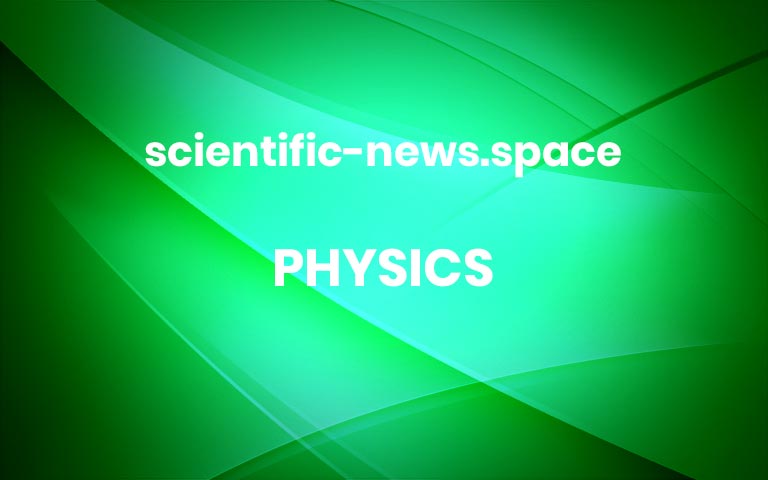A materials scientist seeks to extract lithium from untapped sources
Electric vehicles promise to help wean us off of fossil fuels, but they introduce a new problem: how to get enough of the lithium that EV batteries require (SN: 5/7/19).
Materials scientist Chong Liu of the University of Chicago has some ideas. Existing technology can extract lithium only from sources with highly concentrated ions, like hard rocks or underground deposits of salty water called brines. Not only will those sources not be enough to meet demand, but mining them also comes with environmental consequences (SN: 3/15/22). More


